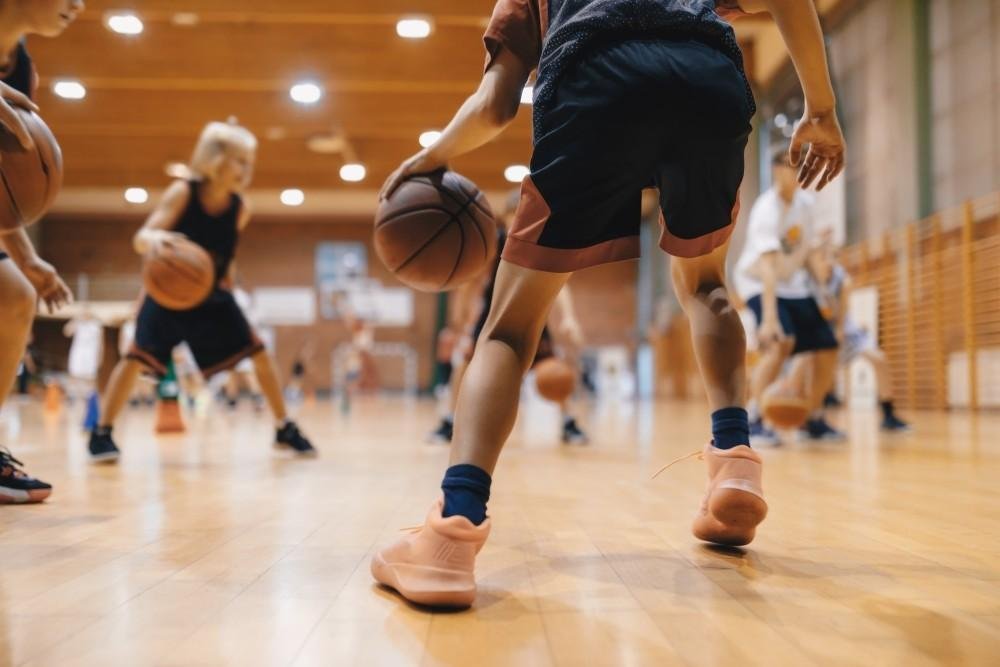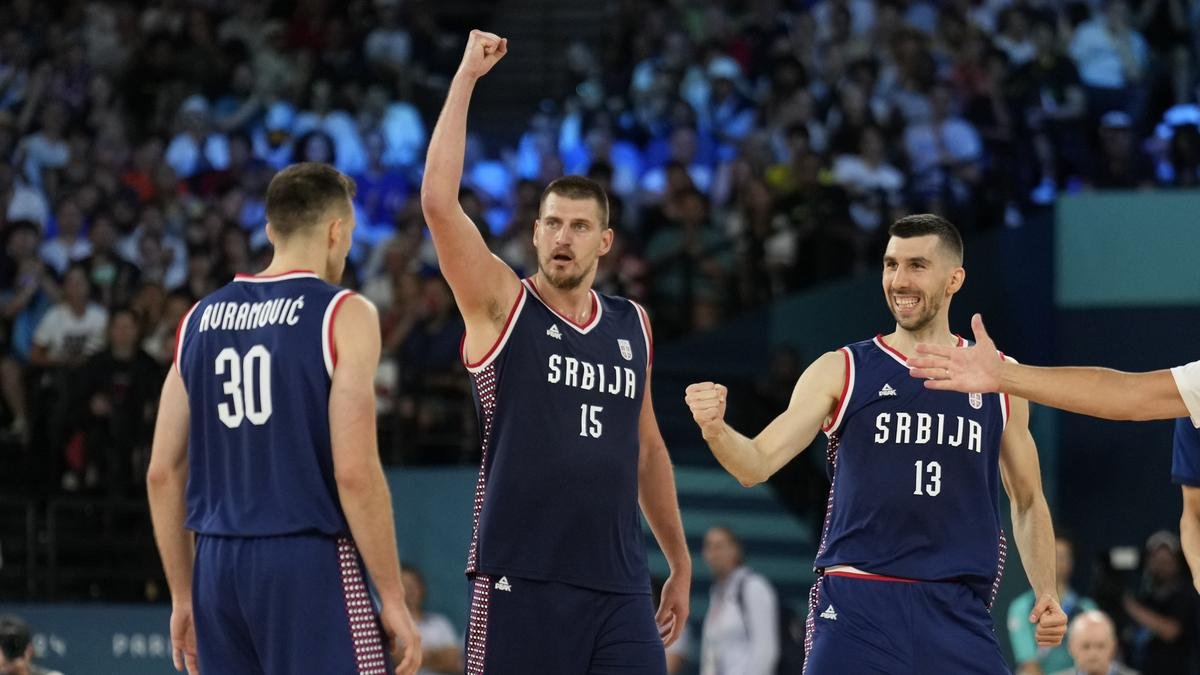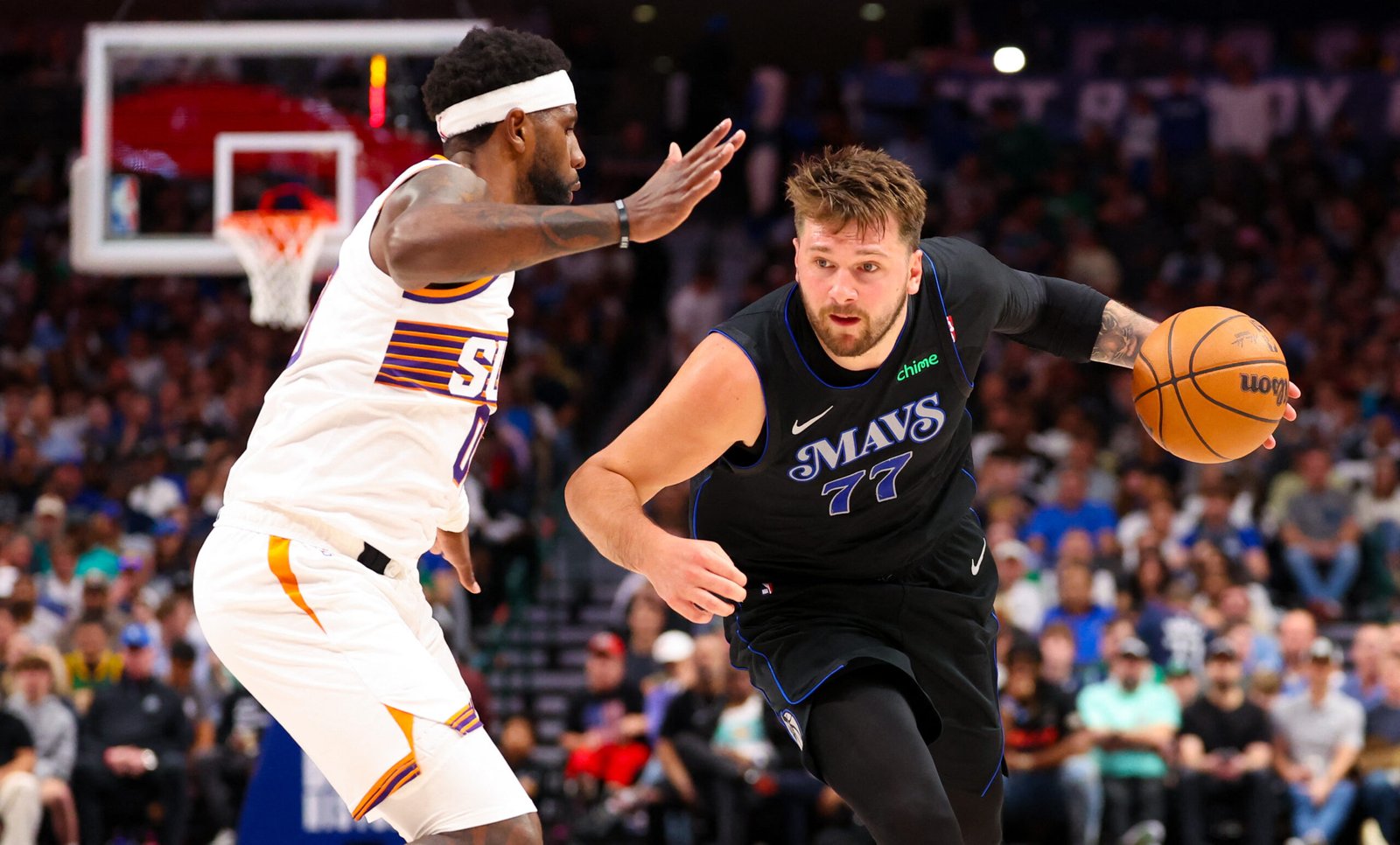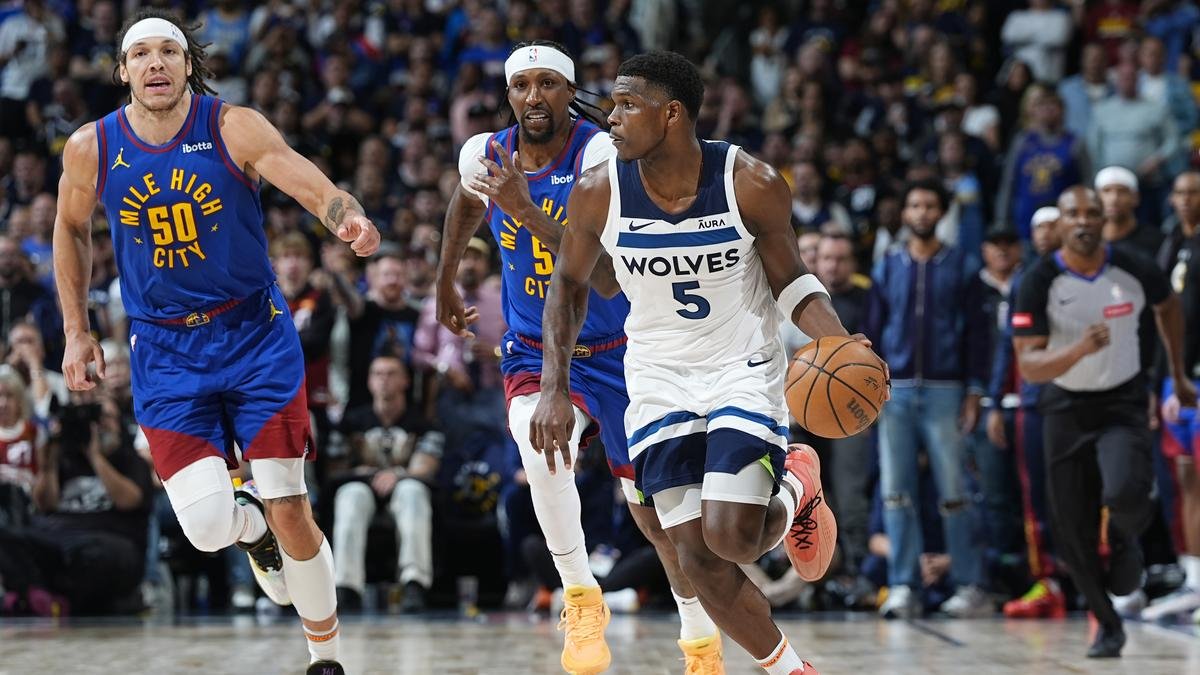The Physical Demands of Basketball- Conditioning, Nutrition, and Injury Prevention: 2024 Updated
Basketball is a dynamic and fast-paced sport that demands a high level of physical fitness, agility, and endurance. Players must be prepared to sprint, jump, change directions rapidly, and maintain a high level of performance throughout the game.
This requires a comprehensive approach to conditioning, proper nutrition, and effective injury prevention strategies.In this article, we’ll explore the physical demands of basketball and provide practical tips to help players meet these demands and stay at the top of their game.

Physical Demands of Basketball
Basketball players need a unique combination of strength, speed, agility, and endurance. Here are some of the key physical demands:
- Aerobic Endurance: Players must sustain high-intensity activity over an extended period. This requires a strong cardiovascular system to support continuous movement and recovery during the game.
- Anaerobic Capacity: Quick bursts of activity, such as sprints and jumps, rely on anaerobic energy systems. Players must be able to perform at high intensities for short durations repeatedly.
- Strength and Power: Strong muscles are essential for explosive movements like jumping, rebounding, and driving to the basket. Core strength and upper body strength are also crucial for shooting and defensive maneuvers.
- Agility and Coordination: The ability to change direction quickly and maintain control of the ball is vital. This requires a high level of coordination and agility.
- Flexibility: Good flexibility helps prevent injuries and allows players to move efficiently and effectively on the court.
Conditioning for Basketball
To meet these physical demands, basketball players need a well-rounded conditioning program that includes aerobic and anaerobic training, strength training, and flexibility exercises.
Aerobic Training: Incorporate steady-state cardio exercises like running, cycling, or swimming to build cardiovascular endurance. Aim for at least 30 minutes of aerobic activity three to four times a week. Interval training, which alternates between high and low-intensity efforts, can also be beneficial for improving overall endurance.
Anaerobic Training: High-intensity interval training (HIIT) is effective for building anaerobic capacity. Include drills like sprints, shuttle runs, and plyometric exercises (e.g., box jumps, burpees) in your workouts. These exercises mimic the quick, explosive movements required in basketball and help improve speed and power.
Strength Training: Focus on developing total body strength with an emphasis on the legs, core, and upper body. Key exercises include squats, lunges, deadlifts, bench presses, and rows. Incorporate both heavy weightlifting for maximum strength and lighter weights with higher repetitions for muscular endurance. Perform strength training workouts two to three times per week.
Agility Drills: Use cone drills, ladder drills, and other agility exercises to enhance footwork and coordination. Practicing these drills regularly can improve your ability to change directions quickly and maintain control during the game.
Flexibility and Mobility: Incorporate stretching routines and mobility exercises to maintain flexibility and reduce the risk of injury. Focus on dynamic stretches before workouts and games, and static stretches after to improve overall flexibility. Yoga and Pilates can also be beneficial for enhancing flexibility and core strength.
Nutrition for Basketball Players
Proper nutrition is essential for basketball players to fuel their bodies, enhance performance, and support recovery. Here are some key nutritional tips:
Balanced Diet: Consume a balanced diet that includes carbohydrates, proteins, fats, vitamins, and minerals. Carbohydrates are the primary energy source for high-intensity activities, so include whole grains, fruits, and vegetables in your diet. Protein is crucial for muscle repair and growth, so incorporate lean meats, dairy, beans, and legumes. Healthy fats from sources like nuts, seeds, avocados, and olive oil are also important for overall health.
Hydration: Staying hydrated is critical for maintaining performance and preventing cramps and fatigue. Drink plenty of water throughout the day, and consider sports drinks during intense workouts or games to replenish electrolytes. Monitor your urine color as a simple way to gauge hydration levels; it should be light yellow.
Pre-Game Nutrition: Eat a meal rich in carbohydrates and moderate in protein about 3-4 hours before a game. Avoid high-fat and high-fiber foods that can cause digestive issues. A sample pre-game meal might include grilled chicken with brown rice and steamed vegetables.
Post-Game Recovery: After a game or intense workout, consume a meal or snack that includes both carbohydrates and protein within 30 minutes to aid recovery. Chocolate milk, a turkey sandwich, or a protein smoothie with fruit can be good options.
Supplements: While whole foods should be the primary source of nutrients, some players might benefit from supplements. Consult with a nutritionist or healthcare provider before starting any supplement regimen. Common supplements for athletes include protein powder, creatine, and branched-chain amino acids (BCAAs).
Injury Prevention in Basketball
Injury prevention is crucial for maintaining a long and successful basketball career. Here are some strategies to minimize the risk of injuries:
Proper Warm-Up and Cool-Down: Always start with a thorough warm-up to increase blood flow to the muscles and prepare the body for intense activity. Dynamic stretching and light cardio activities like jogging or skipping are effective. After the game or workout, perform a cool-down routine with static stretches to aid recovery and reduce muscle soreness.
Strengthening Exercises: Focus on exercises that strengthen the muscles around the joints, particularly the knees and ankles. Strong muscles provide better support and stability, reducing the risk of common injuries like sprains and strains.
Use Proper Technique: Ensure that you use the correct technique for all basketball movements, from shooting and dribbling to jumping and landing. Improper technique can increase the risk of injury. Working with a coach or trainer can help you refine your skills and prevent bad habits.
Wear Appropriate Gear: Use quality basketball shoes with good ankle support and cushioning. Consider wearing ankle braces or knee pads if you have a history of injuries. Make sure your gear fits well and is in good condition.
Listen to Your Body: Pay attention to signs of fatigue, pain, or discomfort. Ignoring these signs and pushing through pain can lead to serious injuries. Rest and recover when needed, and don’t hesitate to seek medical advice if you experience persistent pain or suspect an injury.
Cross-Training: Engage in activities that complement basketball and help build overall fitness without overloading the same muscle groups. Swimming, cycling, and yoga are excellent cross-training options that can improve cardiovascular fitness, flexibility, and strength.
Conclusion
Basketball is a physically demanding sport that requires a well-rounded approach to conditioning, nutrition, and injury prevention. By following a comprehensive training program, maintaining a balanced diet, and implementing effective injury prevention strategies, players can enhance their performance, reduce the risk of injuries, and enjoy a long and successful career on the court. Whether you’re a professional athlete or a recreational player, taking care of your body and prioritizing your health are essential steps toward achieving your basketball goals.
Also Read: NBA Finals 2023-24: Porzingis Shines as Celtics Take Lead with Victory Over Mavericks





